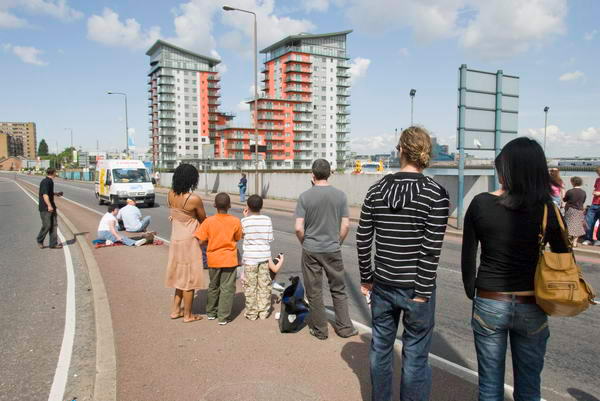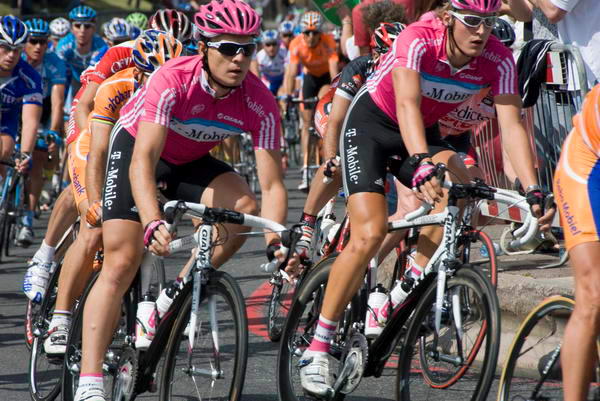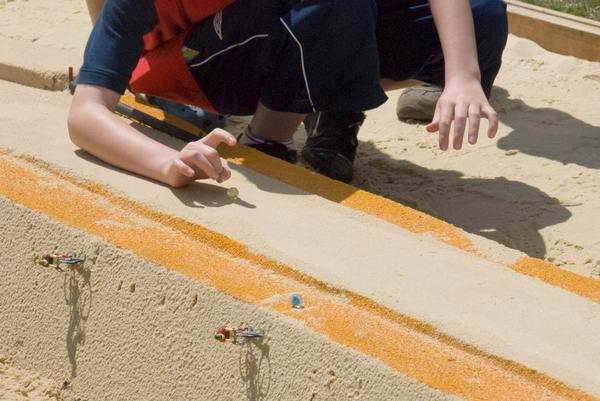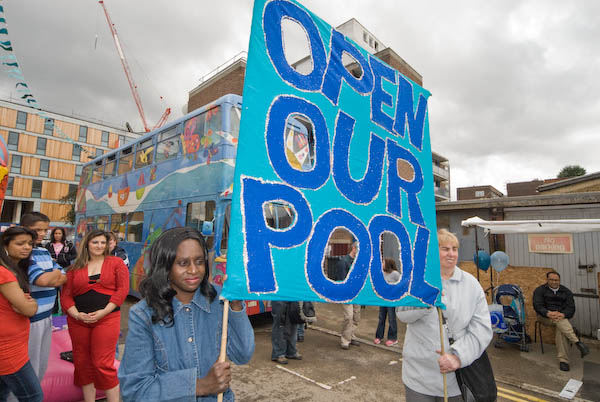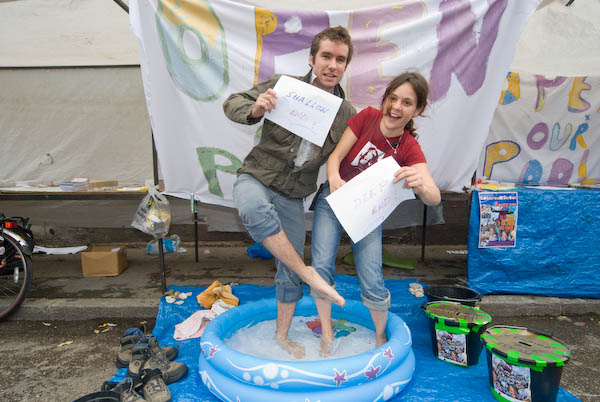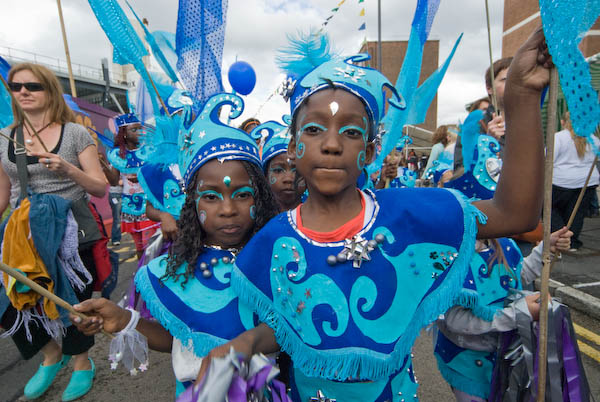Or rather more accurately, cyans.
At last, a simple method for removing the cyan corners that you get by using a UV cut filter on a non-Leica coded wideangle. I’ve so far tested it on an older 21mm Voigtlander f4. The other lens I’m currently using with a UV cut filter is an old Summicron 50mm, which gives little or no cyan effect because of its narrower field of view.
I’ve tested it only on Windows XP. However Panotools (Panorama Tools, the free programs and libraries originally written by German professor Helmut Dersch, which form the basis of some of the finest software for working with panoramas) is available for other platforms. Mac users might want to look at Kekus Lensfix CI – you can download a free trial version, and registration is $25.
For Windows you can download a free package with a convenient installer. Your first step, unless you already have PanoTools installed on your copy of Photoshop (Look under Filter menu for Panorama Tools if you are not sure) is to install it (if you have it already, start at point 3 below):
1. Go to Jim Watter’s PanoTools page, and d/l the PanoTools distribution, currently PanoTools12_2007Apr25.zip [Version: MinGW 2.8.6 Size: 894KB]
2. Extract the files to any folder, double-click on Setup.exe, then follow the prompts.
3. After installation is complete, start Photoshop, load one of your files with those nasty cyan corners.
3. Select Filter, Panorama Tools and chose PTCorrect
4. Check the Radial Luminance box, make usre all others are unchecked.
5. Click on options for Radial Luminance, enter 9 for red, click OK
6. Click OK to run the filter on the current file.
7. Check the cyan cast is gone and there is no red cast.
8. Smile and save your corrected file.
Before:
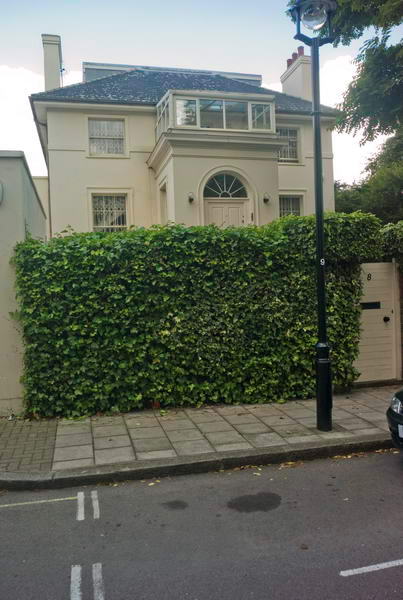
After
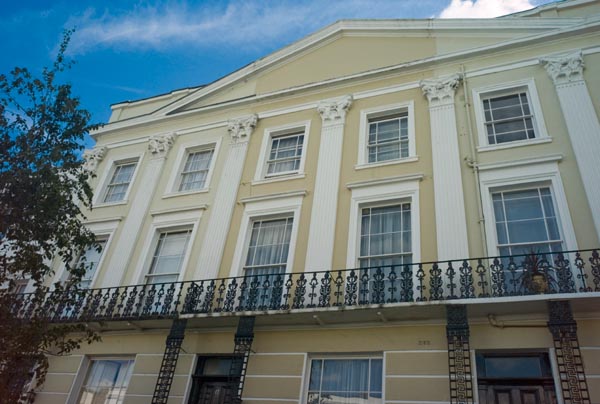
Magic! And even just about visible on these small moderate quality jpegs, though the difference is much more impressive on the originals. One small warning. Leica users tend not to crop images (though even HC-B did on at least a couple of occasions.) But if you do, don’t crop until after you have removed the cyan cast!
Values of between 6 and 9 seems around correct for most images from my 21mm f4 Voigtlander. Wider lenses should need higher values, and longer lenses lower values. If you find the result now has a red cast in the corners, simply undo the filter and try again with a lower value. The cyan cast may depend on the aperture used, but unless you’ve gone back to using a paper notebook you probably won’t know that. However it does make the 21mm Voigtlander a very usable lens for colour images with the M8.
The next job is to record a suitable actions in Photoshop to run PTCorrect and assign it to a function key combo. I chose Ctrl+Shift F8. You need to ensure that the appropriate value is set for radial luminance and no other boxes are checked before you use the short cut, but it retains values until you alter them.
Then, from Lightroom (of course you can use any other raw converter – or even, if misguided enough, shoot in jpeg mode) after you have set the necessary development parameters (remember to judge colour on the centre of the image), you can define an export pre-set that both saves your file in its final destination and opens it in Photoshop.
Having used this for the first image in a set to be processed, Ctrl+Rt-Arrow takes you to the next image, Ctrl+Shift+Alt+E exports the file in the same way as the previous file, thus opening it in Photoshop, where your chosen function key combo does the business.
At this stage I do any other Photoshop work the image requires – if any, then simply close it, agreeing that I want to save it. It would almost certainly be possible to further automate this sequence, especially if you have later versions of Photoshop than me by putting a suitable droplet into Lightroom’s export actions, but I leave this as your homework exercise!
I don’t think it likely that Leica will ever make it easy for photographers to use non-Leica lenses, and although some people have managed to fool the M8 by painting dots on lenses, this is rather tricky. Unless the lens also selects the expected viewfinder frame it doesn’t seem to work either, and none of my non-Leica lenses seems to.
Mysteriously, the only lens I own that correctly records focal length in the M8 file EXIF data is an old 90mm, completely dot-free. There must be a reason for this, but I’m not that bothered. I can tell which lens I used even if the camera can’t.
For me, the M8 – like the other Leica M fit bodies I own (M2, Hexar and Minolta CLE) is a tool for taking pictures. I want to be able to fit a lens and take pictures. Any lens with the right mount. I use it because it is a beautifully simple and direct tool, that enables me to work in a very intuitive manner, and delivers great results. Or at least did on film. Getting the M8 to do what I want is proving harder, but PTCorrect is another considerable step in the right direction.
